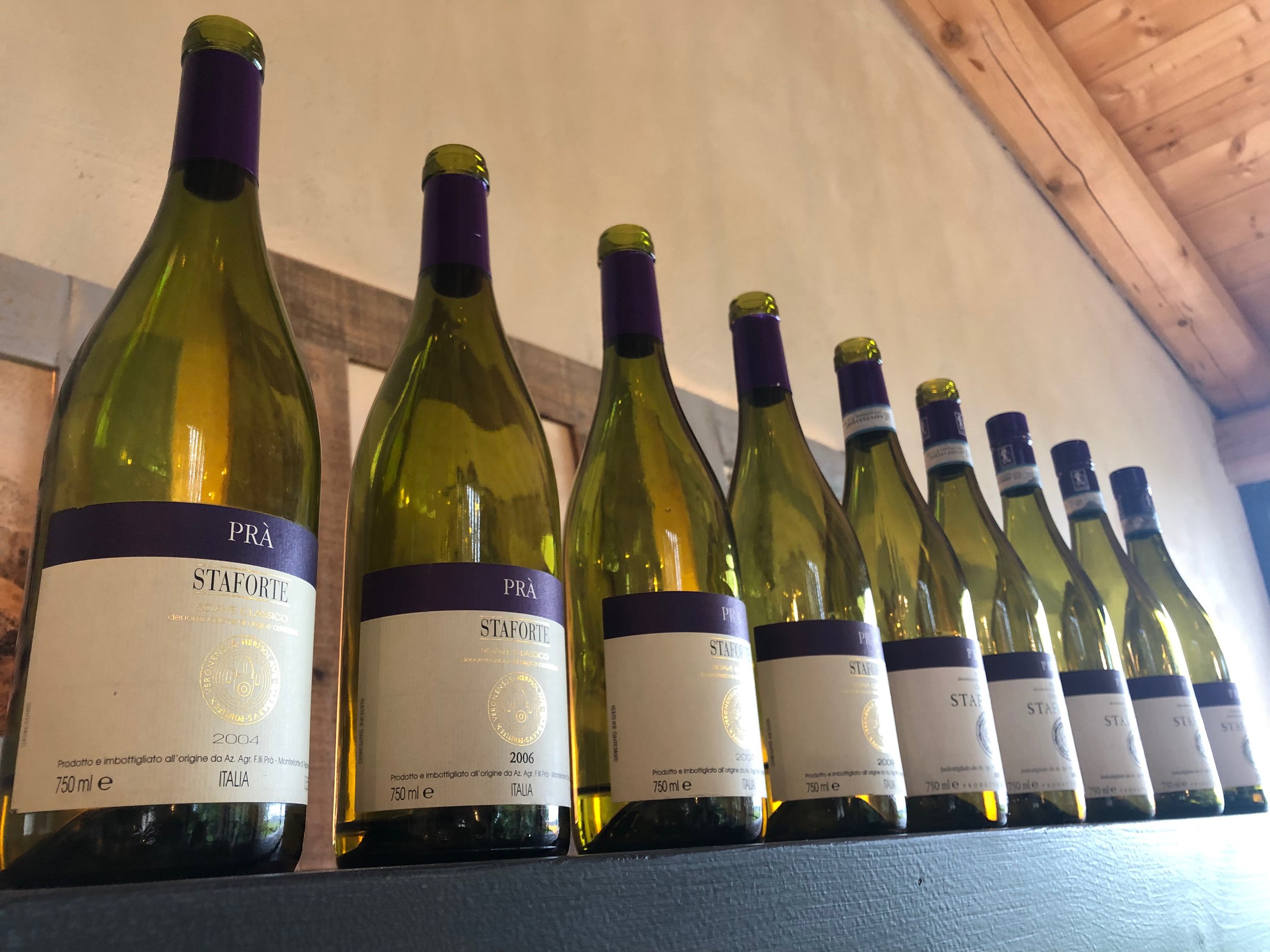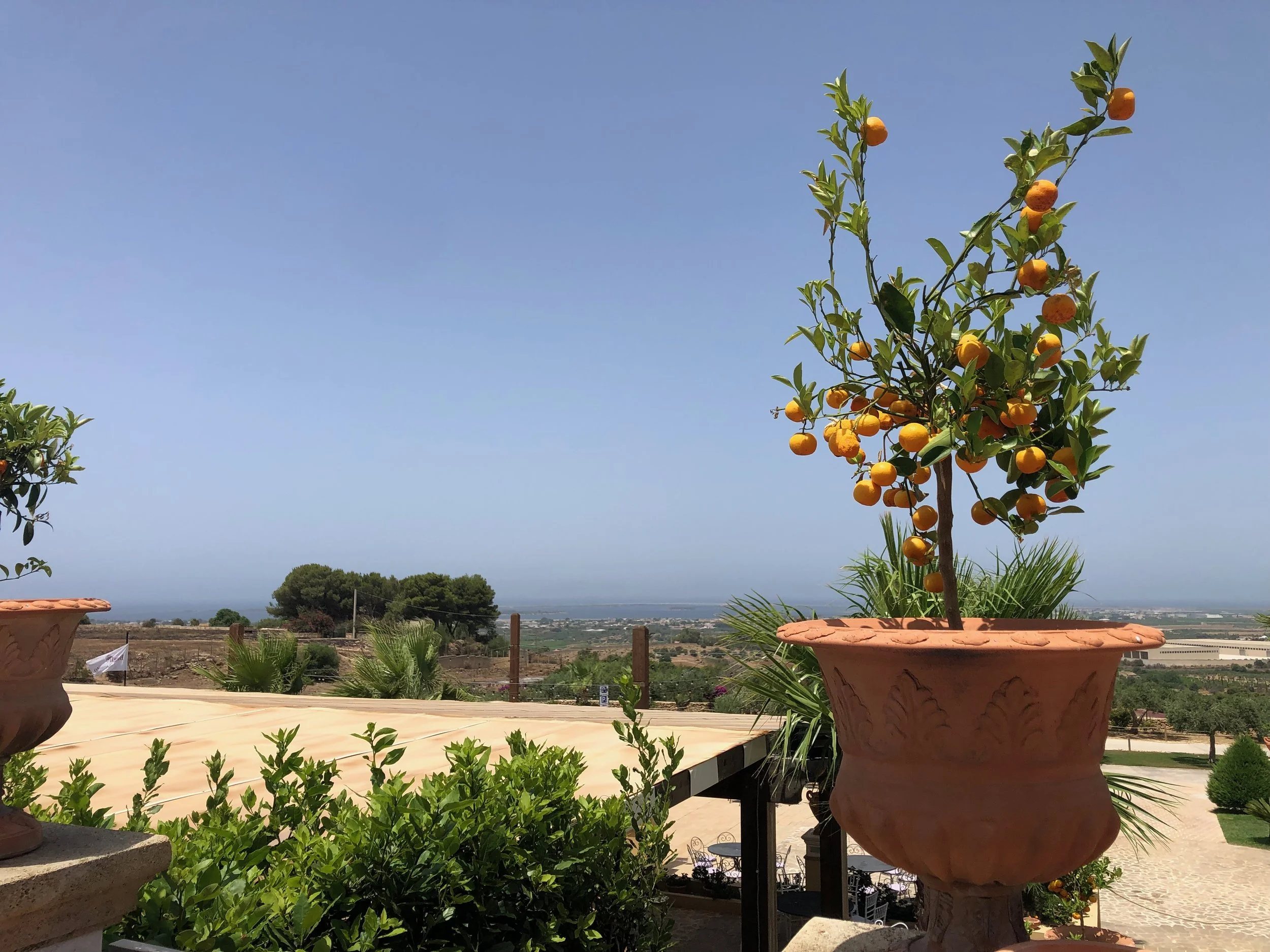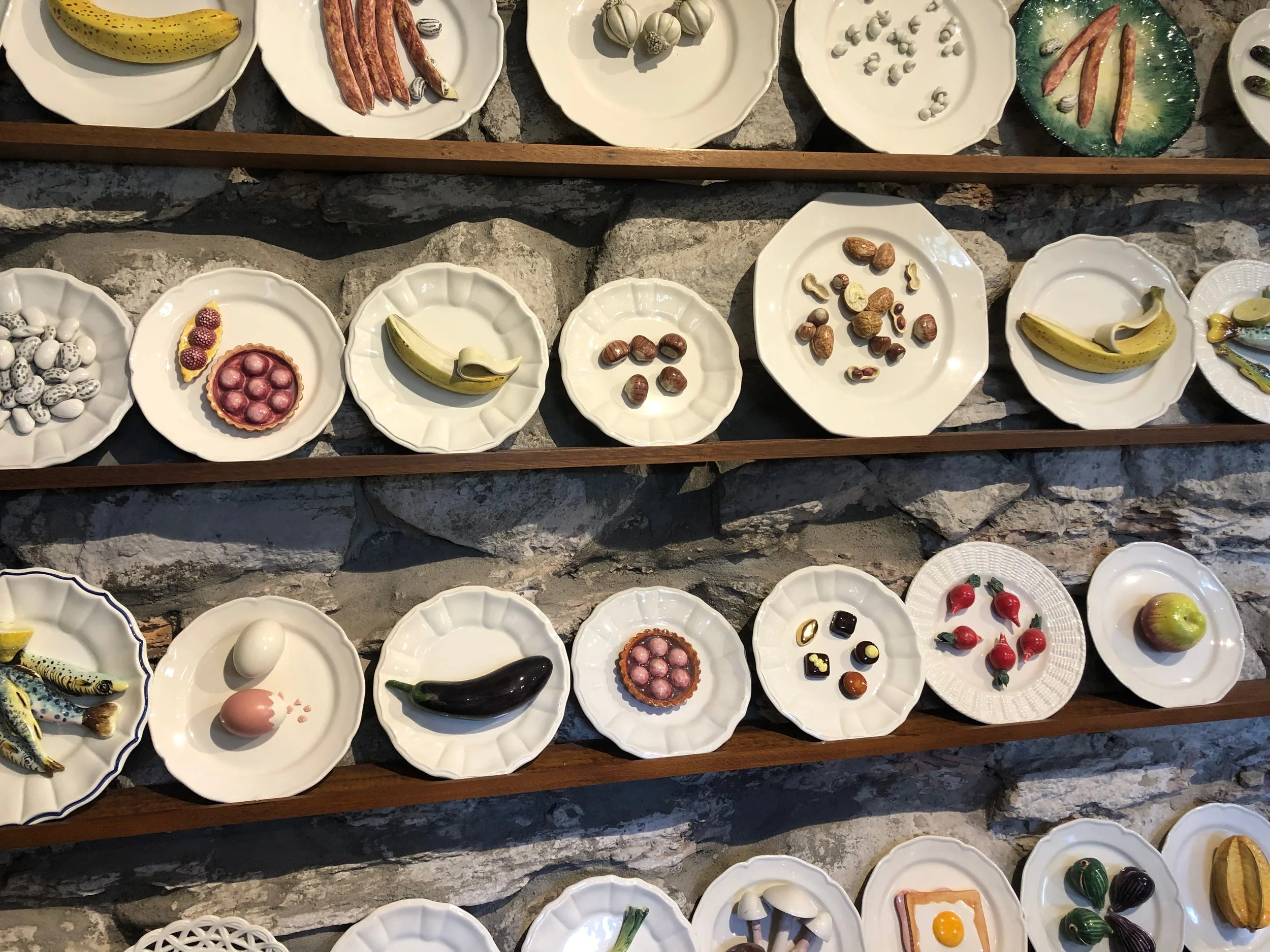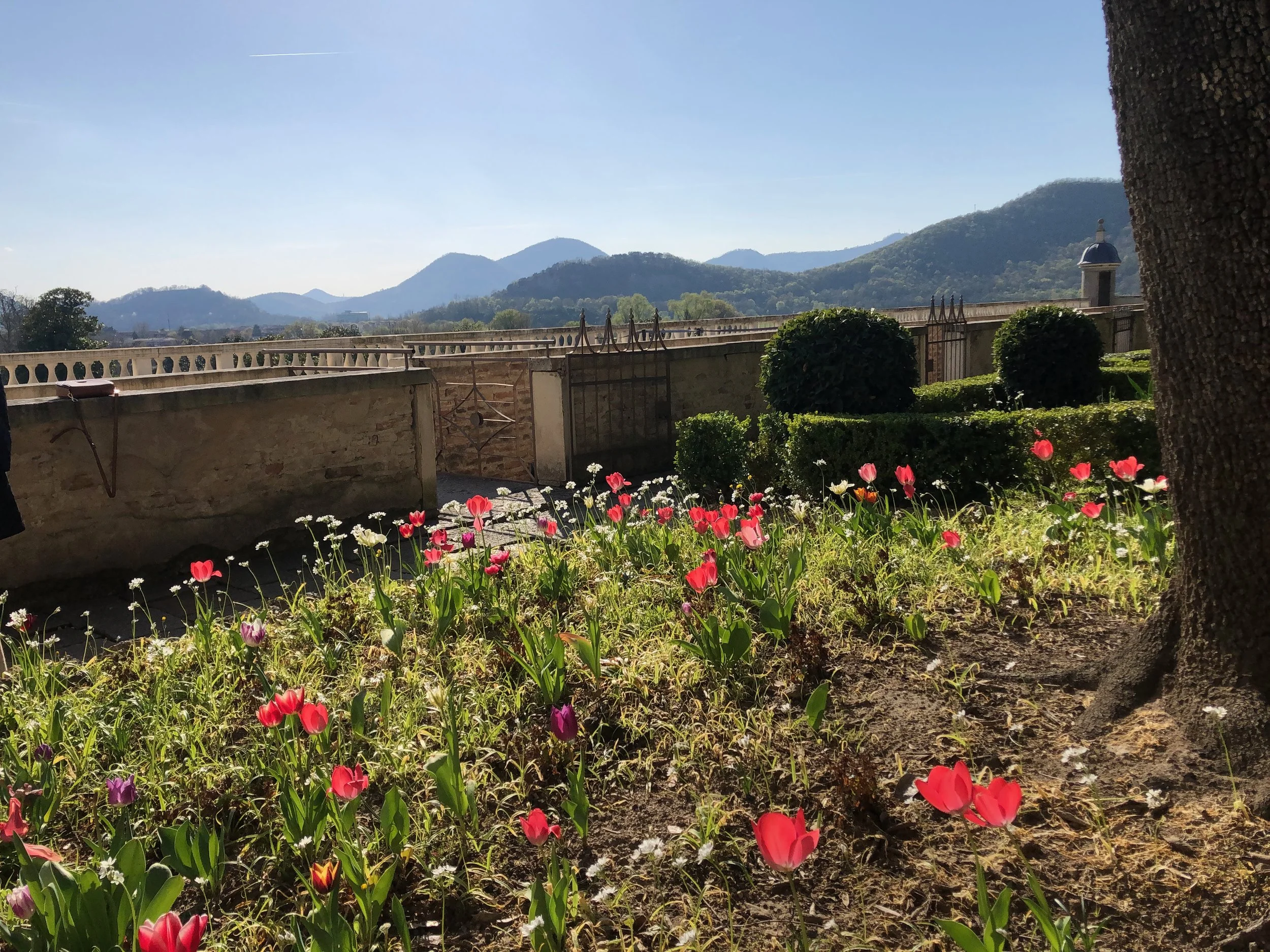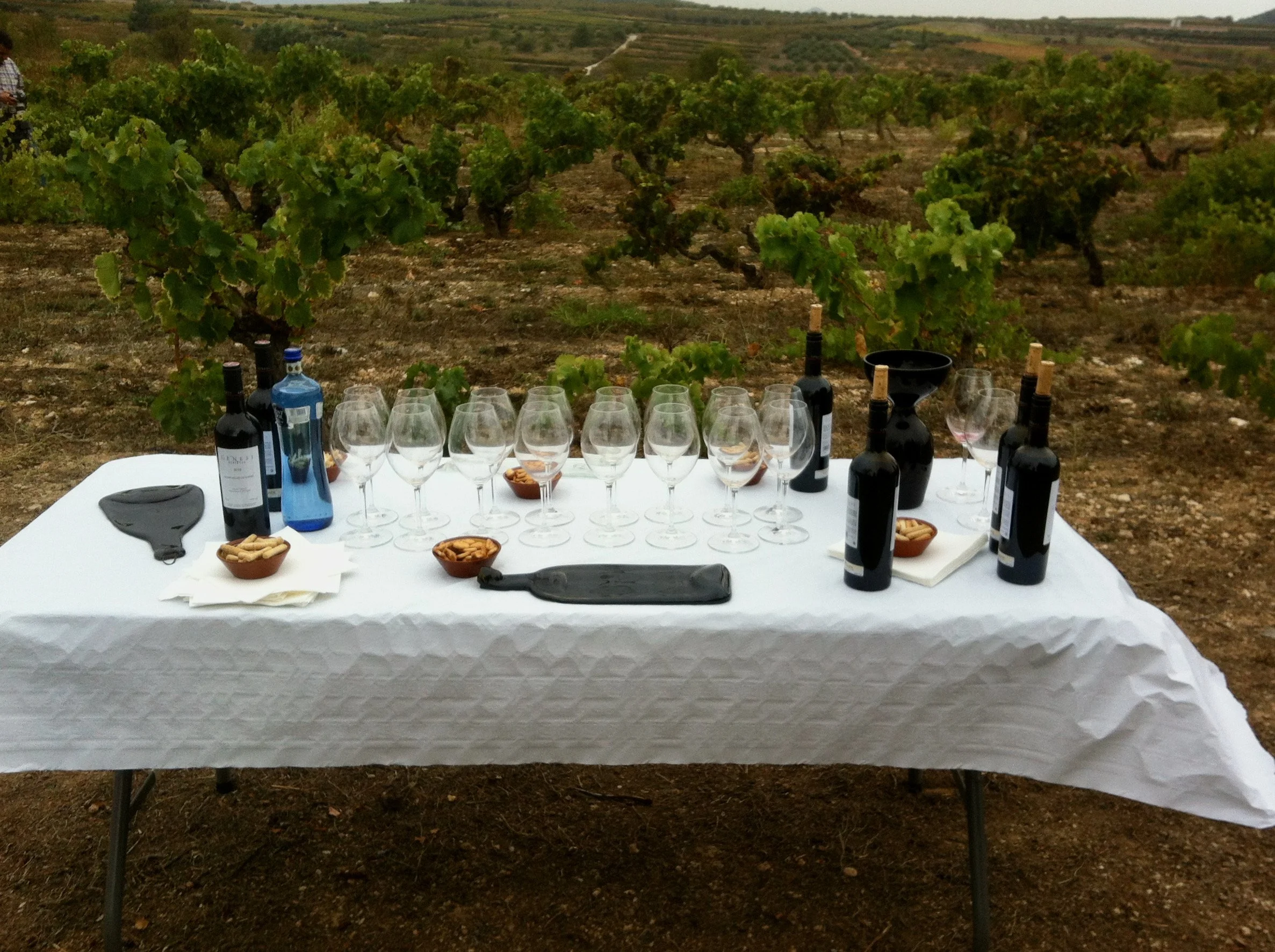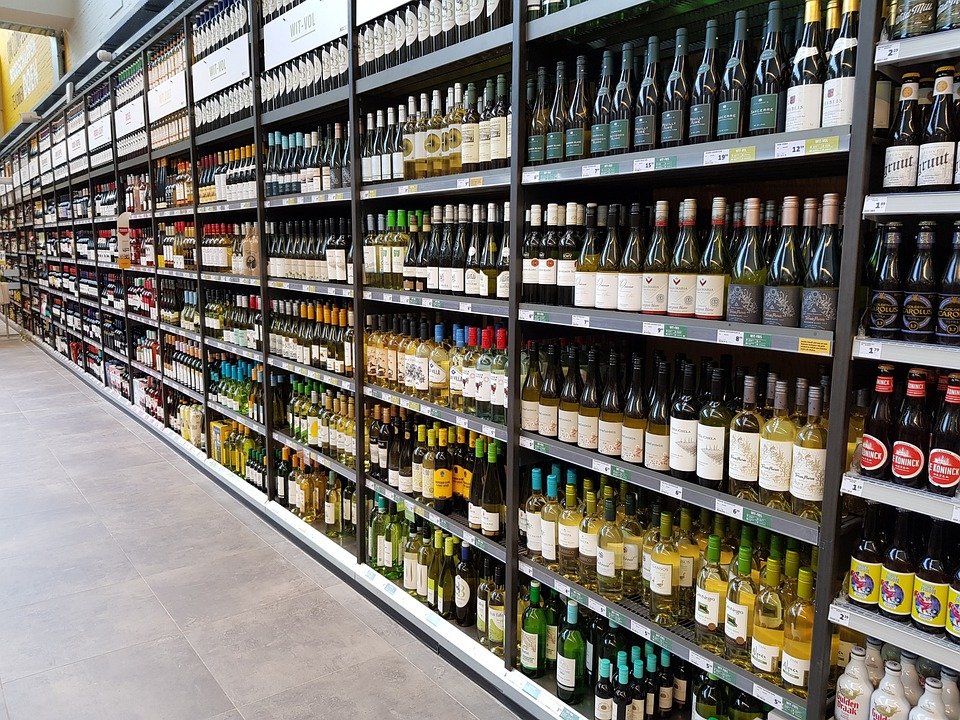Se c’è una regola aurea nel mondo del vino è che tutto è relativo. Niente è assoluto, o valido per tutti. La formula taglia unica non esiste. Ciò che è perfetto per uno è da evitare come la peste per un altro. Questione di obiettivi, di stile produttivo, di filosofia personale. Chi pensa che la chiusura ideale di un vino d’alta gamma possa essere solo il tappo in sughero monopezzo non oserà mai mettere un tappo a vite sulle sue bottiglie più pregiate. Chi crede che il grande vino possa evolversi solo in legno guarderà con diffidenza chi invece usa altri contenitori, dal cemento alla terracotta all’acciaio. E il bello del mondo del vino è anche questo: c’è posto per tutto e per tutti.
Read MoreSave the bees!
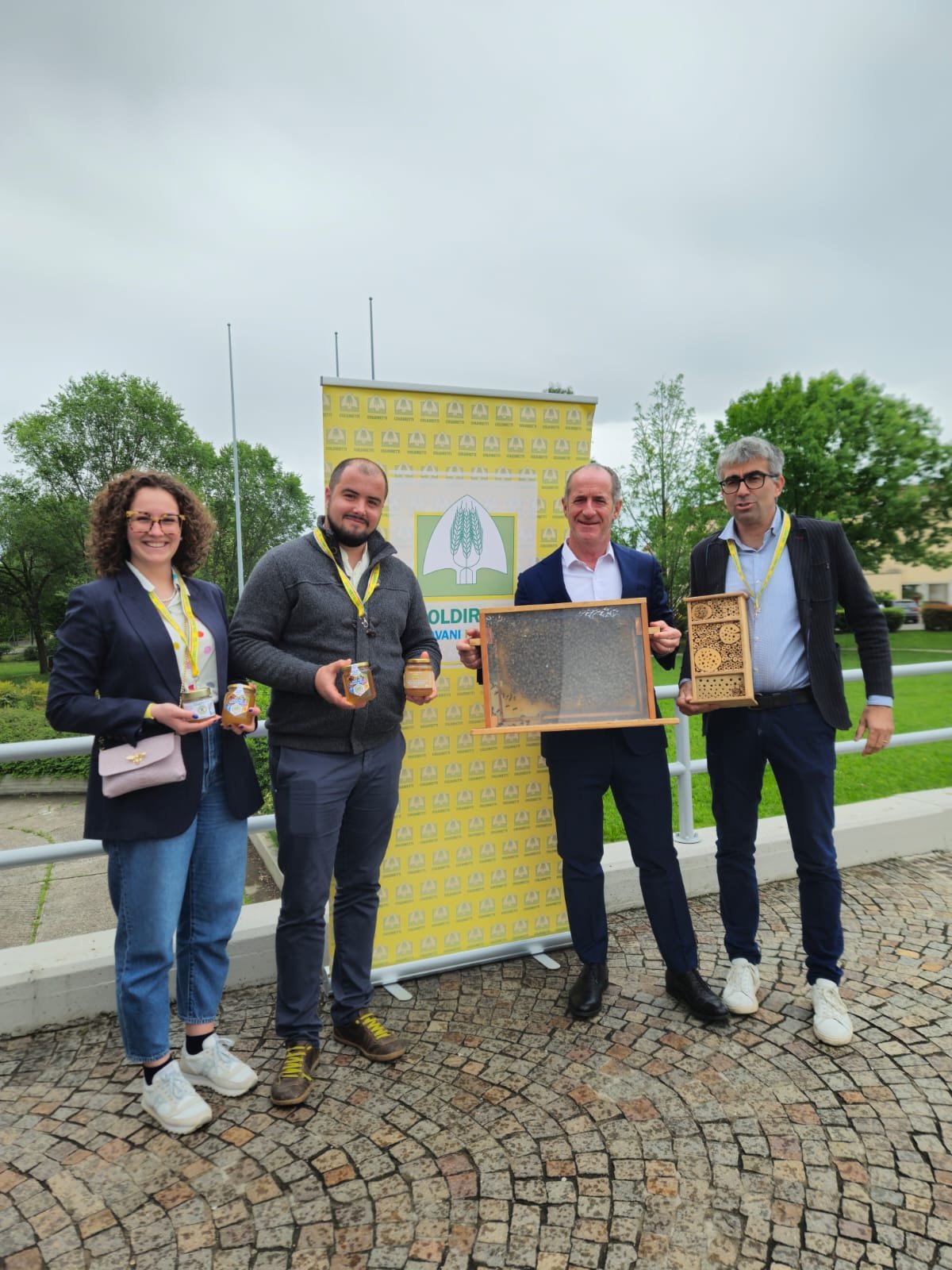
Oggi è la Giornata Mondiale delle Api, quei piccoli, preziosi e organizzatissimi esserini alati ai quali dobbiamo la nostra agricoltura. Circa il 75% delle colture alimentari dipendono, direttamente o indirettamente, dal loro lavoro d’impollinazione; senza di loro, la catena alimentare sarebbe compromessa e avremmo una drastica riduzione delle risorse alimentari disponibili. Sono inoltre degli indispensabili indicatori della salubrità di un ambiente: la loro presenza contribuisce all'equilibrio degli ecosistemi e alla biodiversità, e favorisce la riproduzione delle piante selvatiche.
Read MoreIl Suono dello Champagne
Nella degustazione tecnica di un vino, di solito ci si concentra su una serie di dettagli sensoriali: il colore, le sfumature, la viscosità del liquido nel bicchiere, l’insieme dei profumi, il gusto, la struttura, la persistenza, eccetera. In pratica, tutti i nostri sensi vengono messi al lavoro. Tutti, in genere, eccetto uno: l’udito. L’udito viene sollecitato solo al momento della stappatura e al massimo, del versamento del vino nel bicchiere. Ma non ci si fa caso più di tanto. A meno che non sia uno spumante: il plop di un tappo di spumante ha sempre un suo fascino - ma, anche qui, non si va mai oltre l’emozione del momento.
Read MoreReady for SEP 2023
"Ambassadors and custodians of culture and territories" will be the leitmotif of the incoming Sicilia En Primeur 2023, the annual renowned wine event organized by Assovini since 2004. It means underscoring the association's role in becoming the spokesperson for the knowledge of a territory through its wines and producers as promoters of quality, scenic beauty, and the uniqueness of Sicily's historical-archaeological heritage.
Read MoreThe extraordinary dishes trompe l’oeil in Este Ceramiche e Porcellane factory - Este (PD)
Exploring (and discovering) hidden gems in Euganean Hills (2nd part)
The second day of our exploration starts with an immersive experience: visiting the newest Luxardo Museum by the business complex in the village of Torreglia (Padua). Dedicated to the two-centuries-old historic company that invented products such as "Maraschino" and "Sangue Morlacco," this museum develops modern and engaging storytelling in five rooms to tell the dramatic and often tragic stories of the Luxardo family. Established in Zara in 1821 by Girolamo Luxardo and transferred to Torreglia in 1947 due to the consequences of the Second World War, Luxardo is still entirely controlled by the founder's family. Nowadays, they export their famous liquors to 100 countries worldwide. By the museum, you can visit the distillery, with traditional copper pot stills, aging vats, marasca cherry orchards, warehouses, and brand-new bottling lines.
A few kilometers from here, Este is another small and lovely town. Here you find Este Ceramiche & Porcellane, one of the oldest ceramics factories in Europe: a small laboratory where everything is made by hand using often molds some centuries old. You'll be surprised by the modernity of the shapes and decorations of plates, tureens, cups, and trays. They are the result not only of a very ancient culture of modeling and painting but also of the successful current collaboration with some of the most significant contemporary stylists - a reason why Este Ceramiche & Porcellane holds the esteem and sales orders of leading high fashion houses. If, by chance, in the future, you come across some plate with food or fruit trompe l'oeil (namely made in a way that looks real), you know that likely they come from Este.
To continue our immersion in history and beauty, Villa dei Vescovi (Torreglia, again) is a stunning sample of the Italian Renaissance. This exquisite, early 16th-century, proto-neoclassical villa, surrounded by the landscape of the Euganean Hills and adorned with beautiful frescoes, embodies a perfectly balanced fusion of nature, art, and architecture, suspended between reality and illusion. Not only can you visit every part of this enormous manor: you can enjoy the gardens, buy the products they make here (like honey), even organize some private events, or spend some days in one of the two apartments… and feel like an Italian Renaissance noble person. It's easy losing the sense of the time here: to recover it, the close Antica Trattoria Ballotta is renowned for its warm, familiar atmosphere but mainly for its traditional, carefully prepared, and above all, abundant cuisine. The perfect conclusion for our tour of Euganean Hills.
A heartfelt thanks to the Euganean Hills Wine Road, (Strada dei Colli Euganei) its president and all the collaborators who made possible our short but intense journey of discovery of these hills.
The Euganean Hills from the Castello del Catajo.
Exploring (and discovering) hidden gems in the Euganean Hills (1. st part)
There are many reasons to visit the Veneto region: Venice, Arena di Verona, Lake of Garda, Prosecco, Dolomiti… and much more. Shame that a meaningful part of this region between Verona and Venice is usually forgotten. It's like there would be a black hole there - or should I say Veneto's best-kept secret? Actually, the Colli Euganei area, with its natural park, a bicycle path more than 60 km long, the largest thermal zone in Europe, and many stunning places, are worth visiting. In just two days, you can experience living like a prince (or a princess) without having a royal title.
Read MoreBuona Pasqua 2023
“Vi faccio questo augurio. Che anche voi, scrutando i segni, possiate dire così: Resta poco della notte, perché il sole sta già inondando l'orizzonte.” (don Tonino Bello, Vescovo dei poveri e della pace)
Read MoreUn’immagine del quartiere fiera in tempi di Vinitaly (Ph: ENNEVI)
Vinitaly 2023
It’s Vinitaly time, again.
I veterani della fiera hanno già l’agenda fitta di appuntamenti, ma anche per chi veterano non è, è sempre bene avere qualche indicazione che permetta di risparmiare tempo, imparare qualcosa di nuovo, fare esperienze e incontrare persone interessanti.
Read MoreAn unconventional yet effective context of a wine-tasting: a vineyard. Here I was in Tarragona (Spain).
Sip, Savor, Live!
When I attend some wine tasting, nine times out 10, I see people who take notes with pen & paper in the old manner. Nothing wrong, although it appears a bit weird to me in a tech era like this (I use my iPad, to say, but it’s just because I’m lazy and want to work on a file when I have to write an article about the wines).
Read More(ph credits: Pixabay)
L'altalena dei vini: chi sale e chi scende nelle classifiche di vendita della GDO
Primavera, tempo di rondini e di fiere del vino. Le prime scarseggiano, le seconde invece sono tornate tutte, e a pieno regime. In questi giorni si sta svolgendo la tedesca Prowein, che molti considerano come gli antichi Greci consideravano la Pizia: un oracolo in grado di predire il futuro. Cosa che peraltro faceva, ovviamente in maniera abbastanza nebulosa e altamente interpretabile. Un po’ come gli oroscopi oggi. In attesa perciò di avere notizie da oltralpe, ci prepariamo a entrare nel mood Vinitalyano con questo assaggio: un’anticipazione dei dati di mercato del vino nella Distribuzione Moderna. Il quadro completo si avrà il 3 aprile, a Vinitaly, nel corso della consueta tavola rotonda cui parteciperanno tra gli altri: per Federvini, Mirko Baggio (Responsabile Vendite Gdo di Villa Sandi); per Unione Italiana Vini, Luca Devigili (Business Development Manager di Banfi); per Conad, Simone Pambianco (Category Manager Bevande); per Coop Italia, Francesco Scarcelli (Responsabile Reparto Beverage); per Gruppo Selex, Flavio Bellotti (Responsabile Category Vino); per Carrefour, Lorenzo Cafissi (Responsabile Beverage Alcolico); per MD, Marco Usai (Wine Specialist).
Read More
